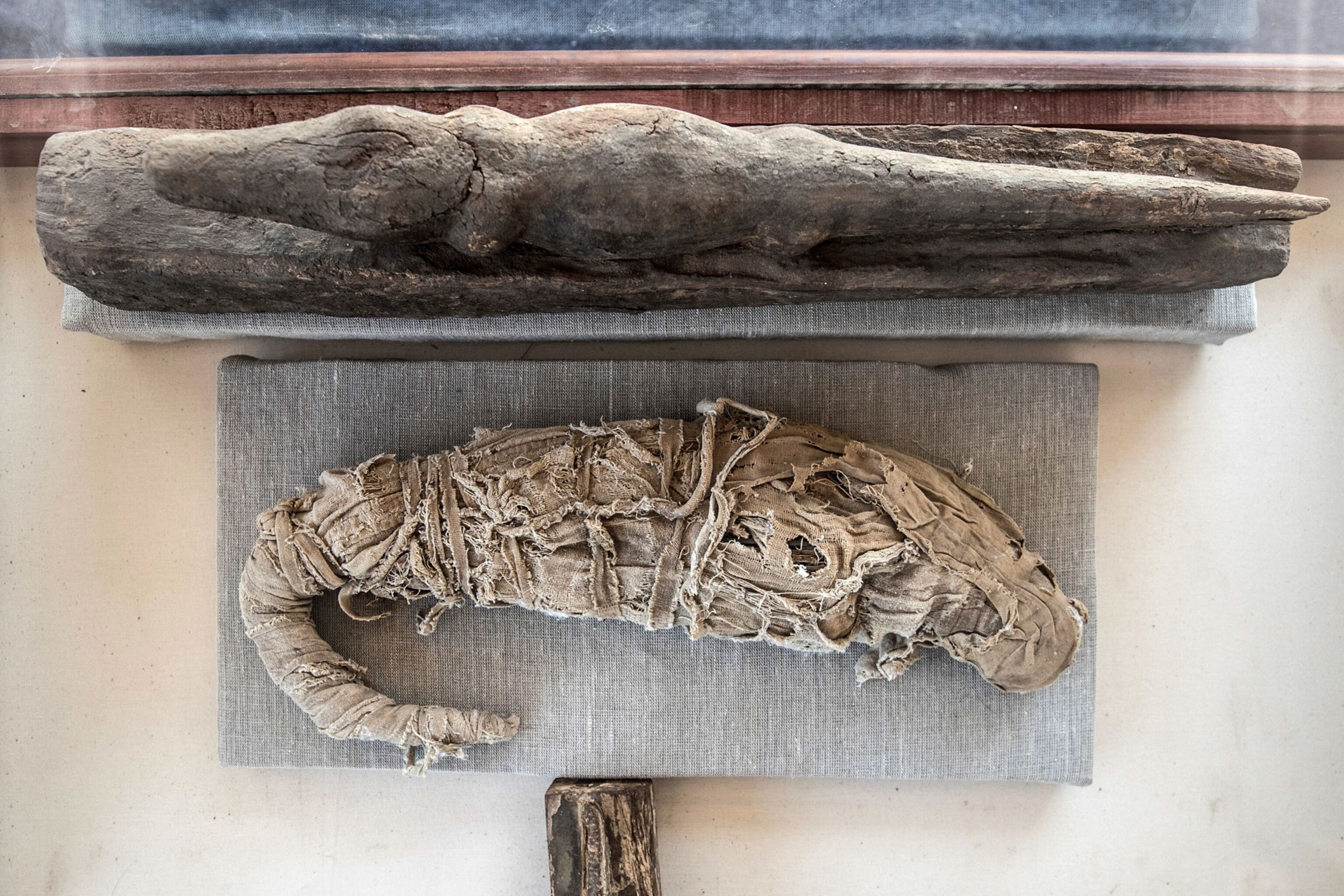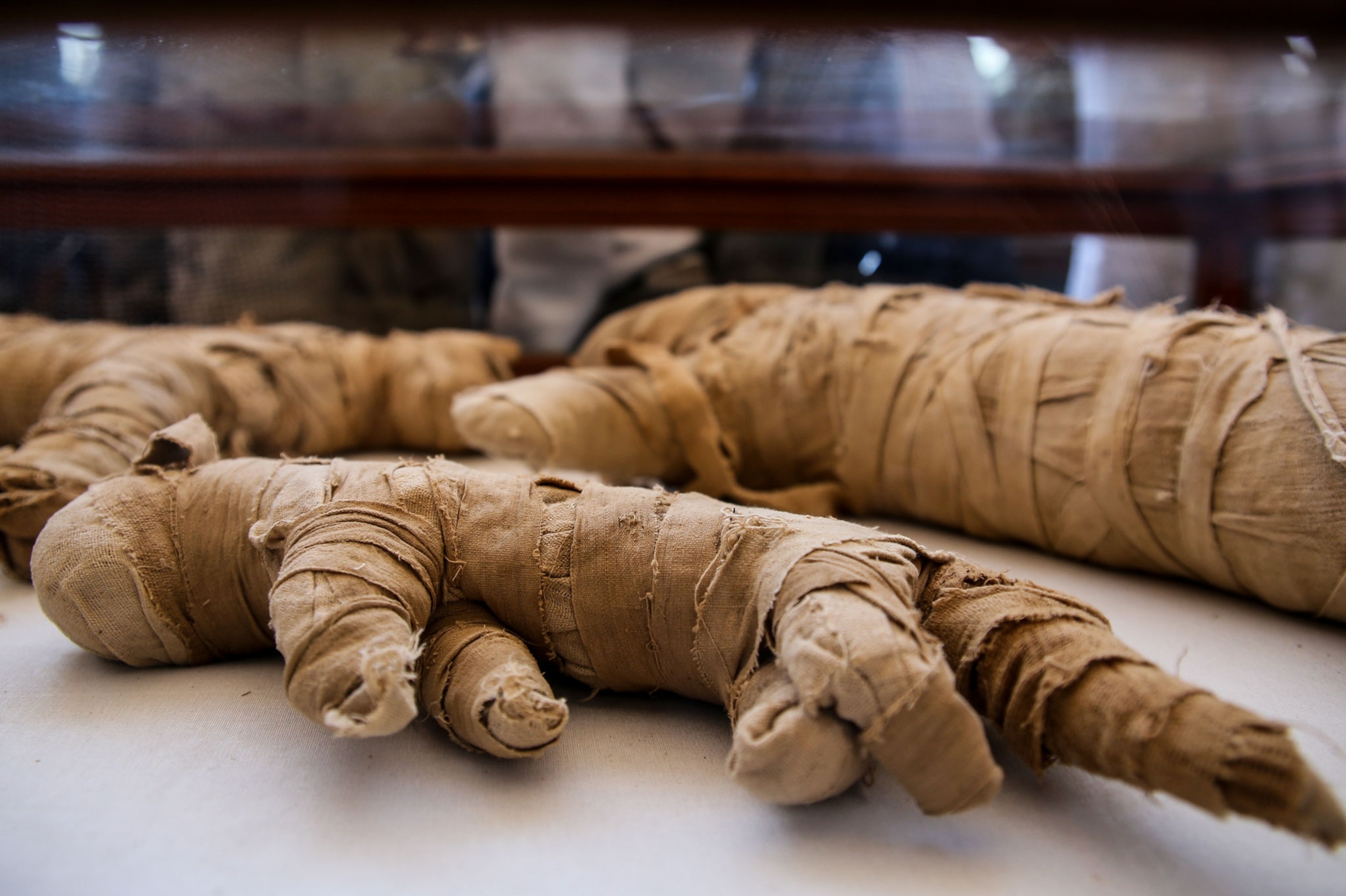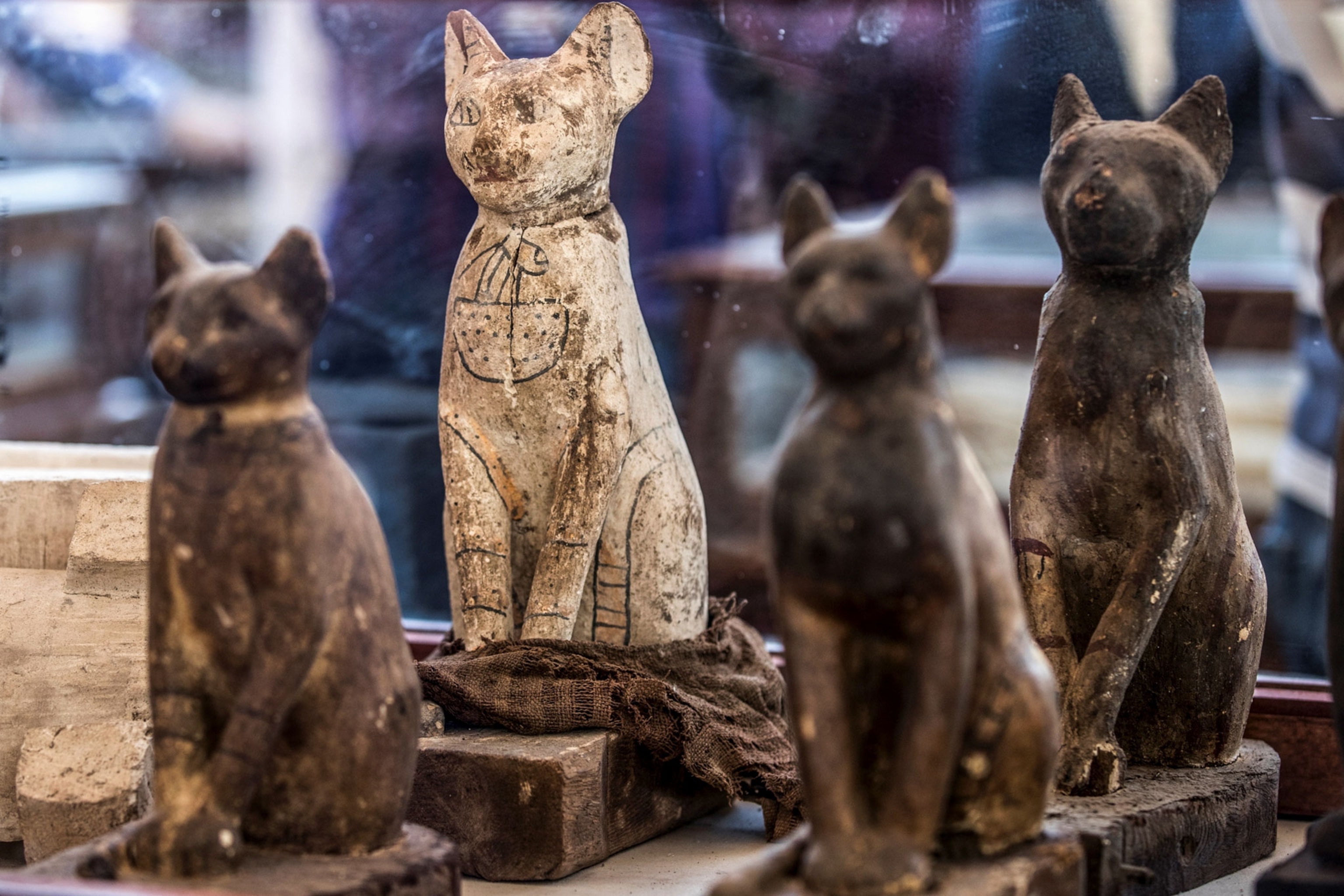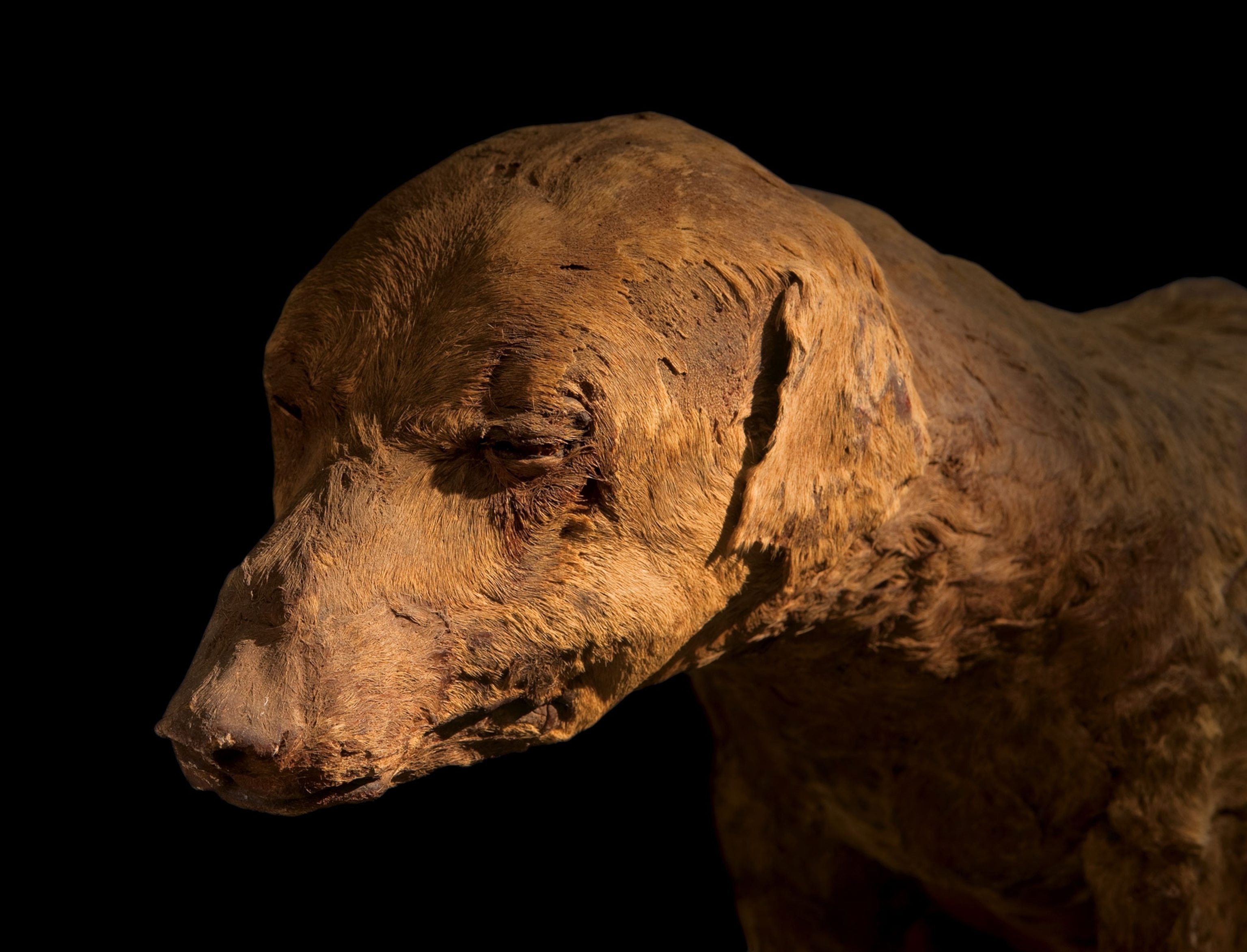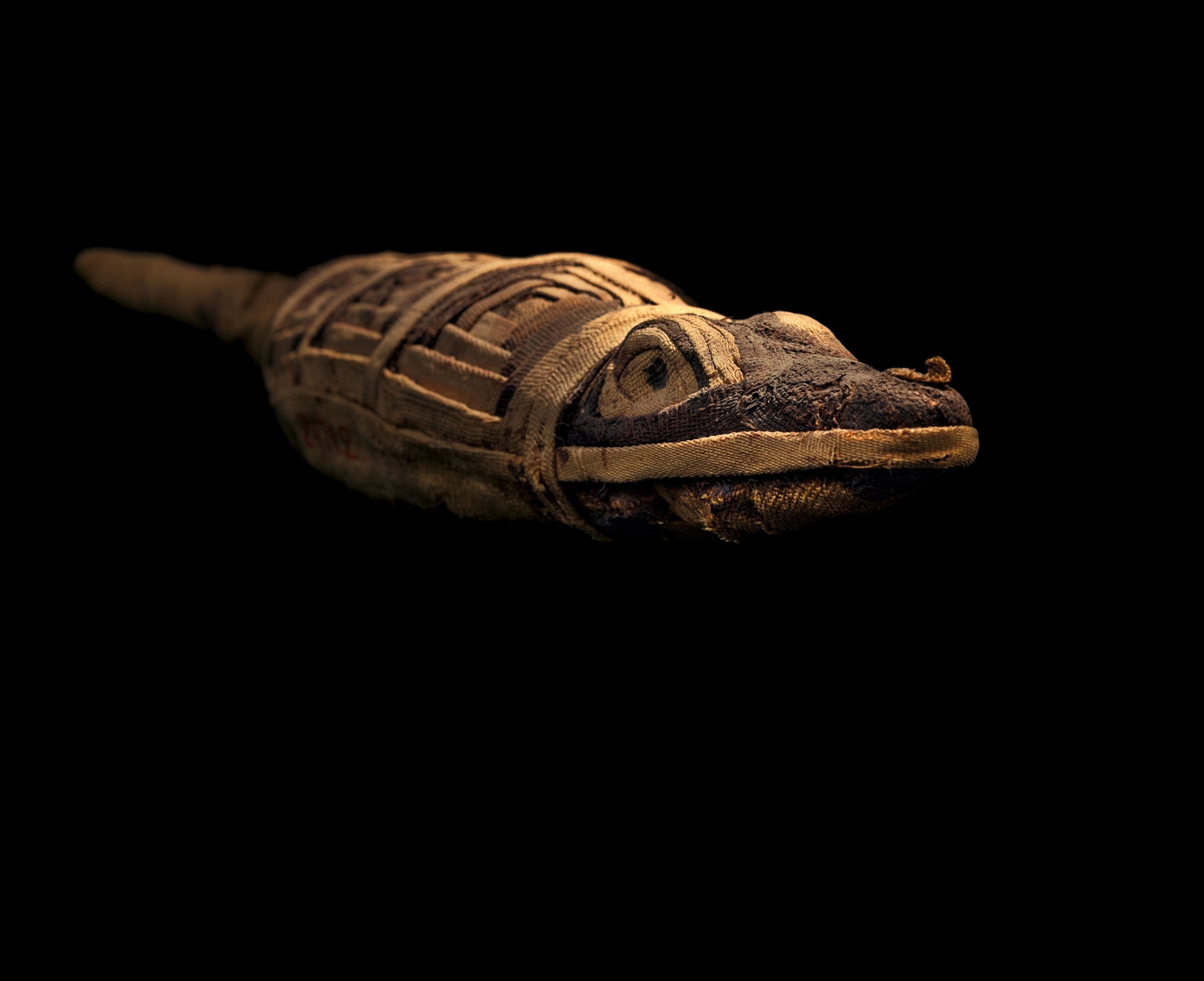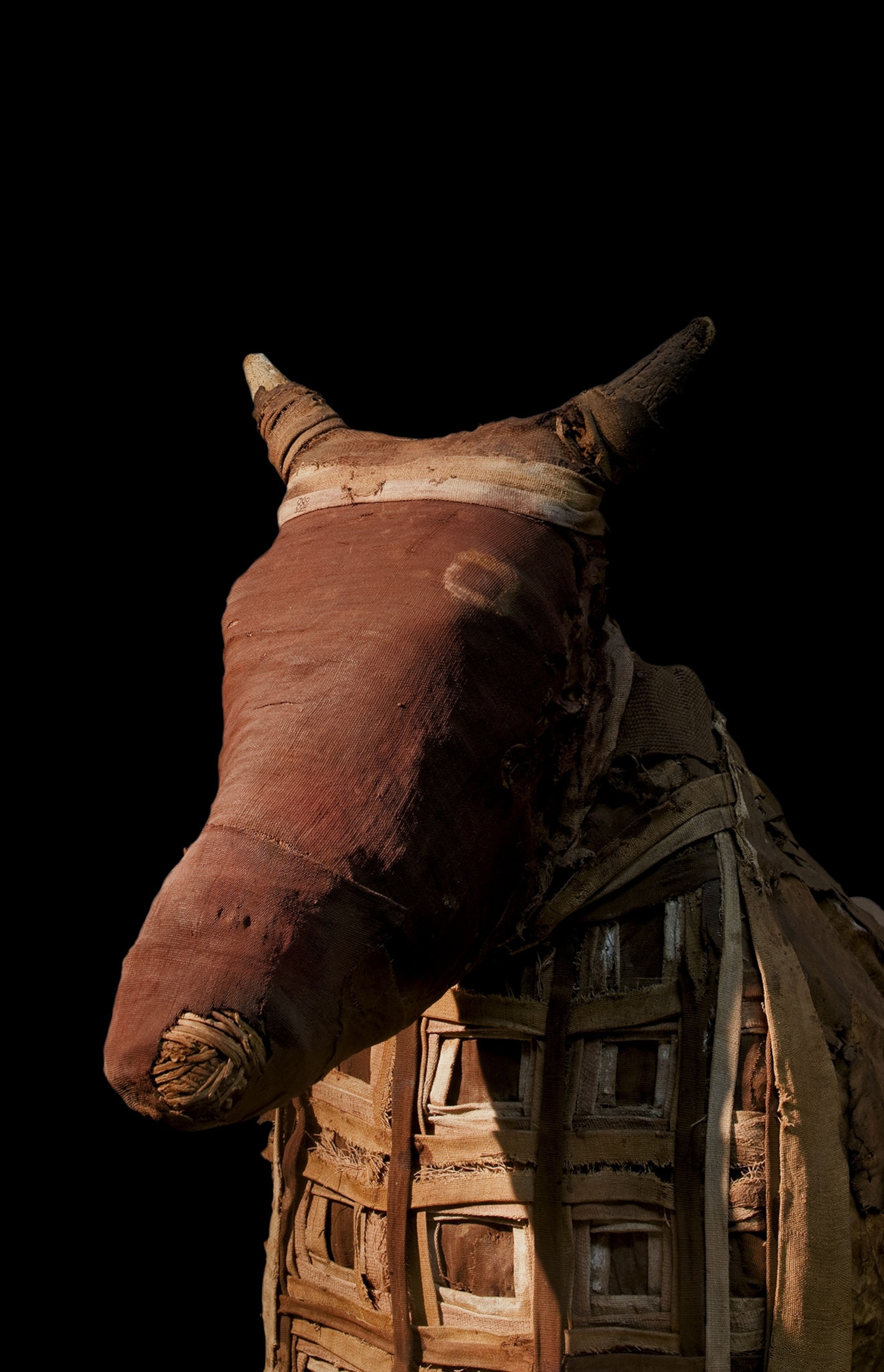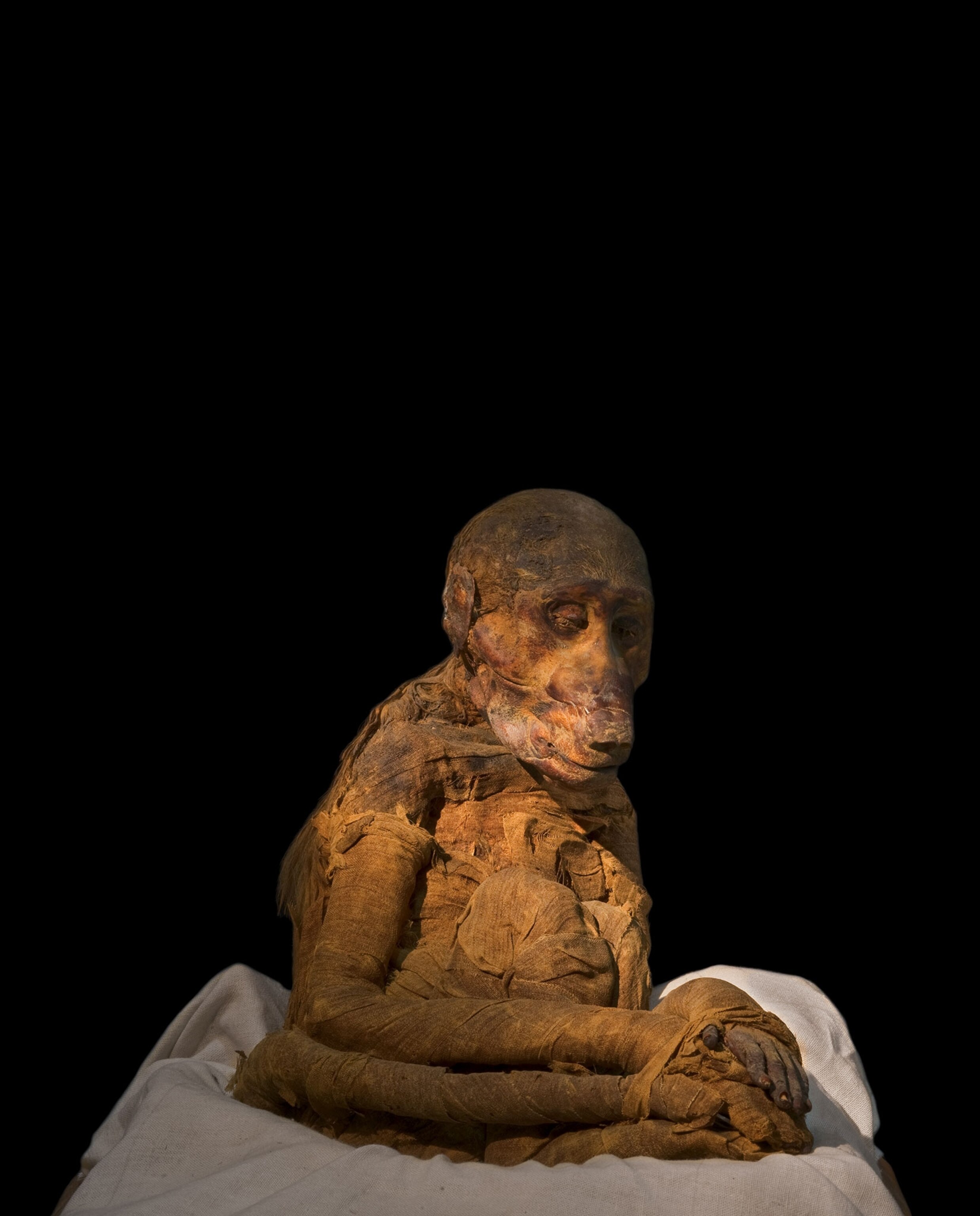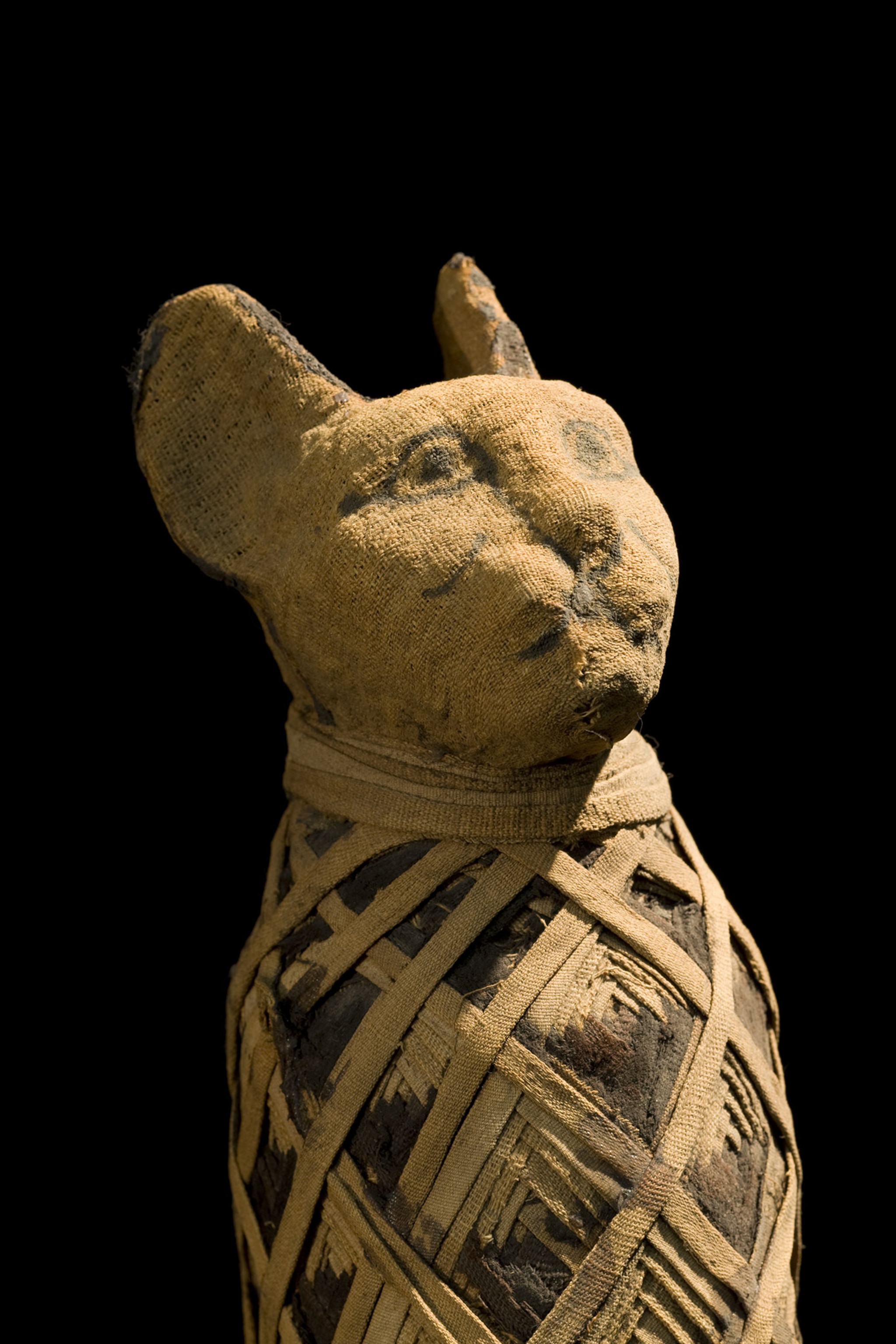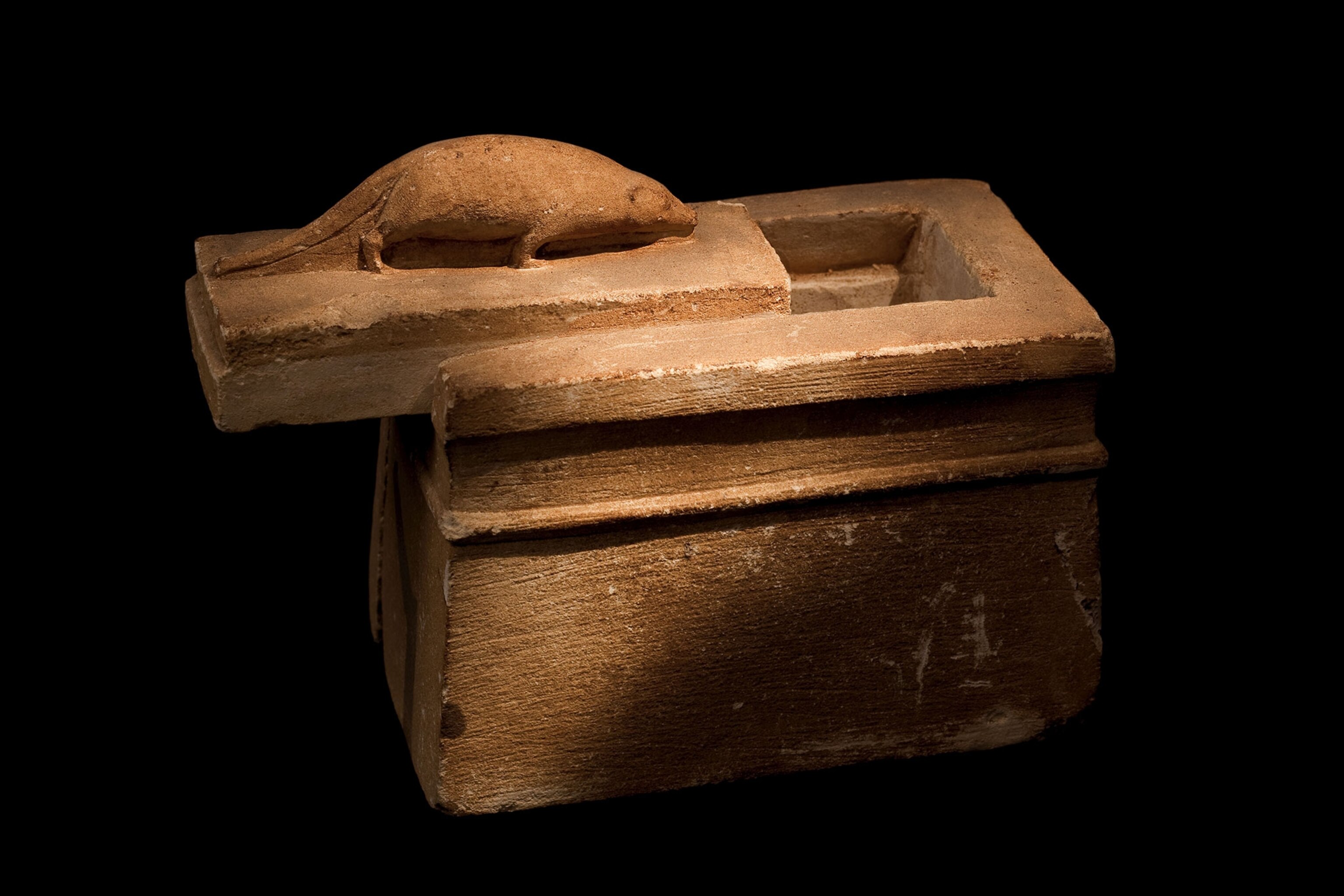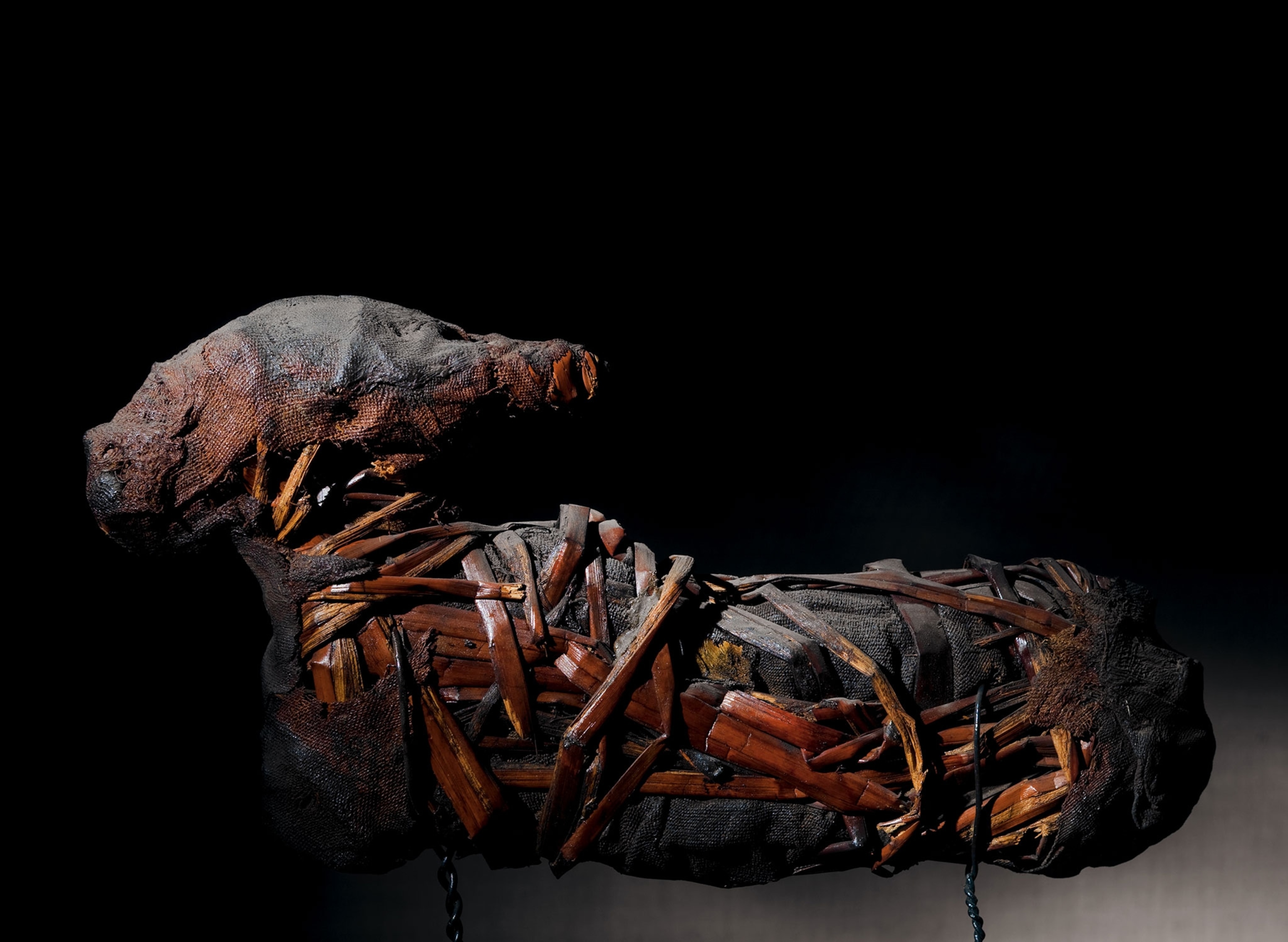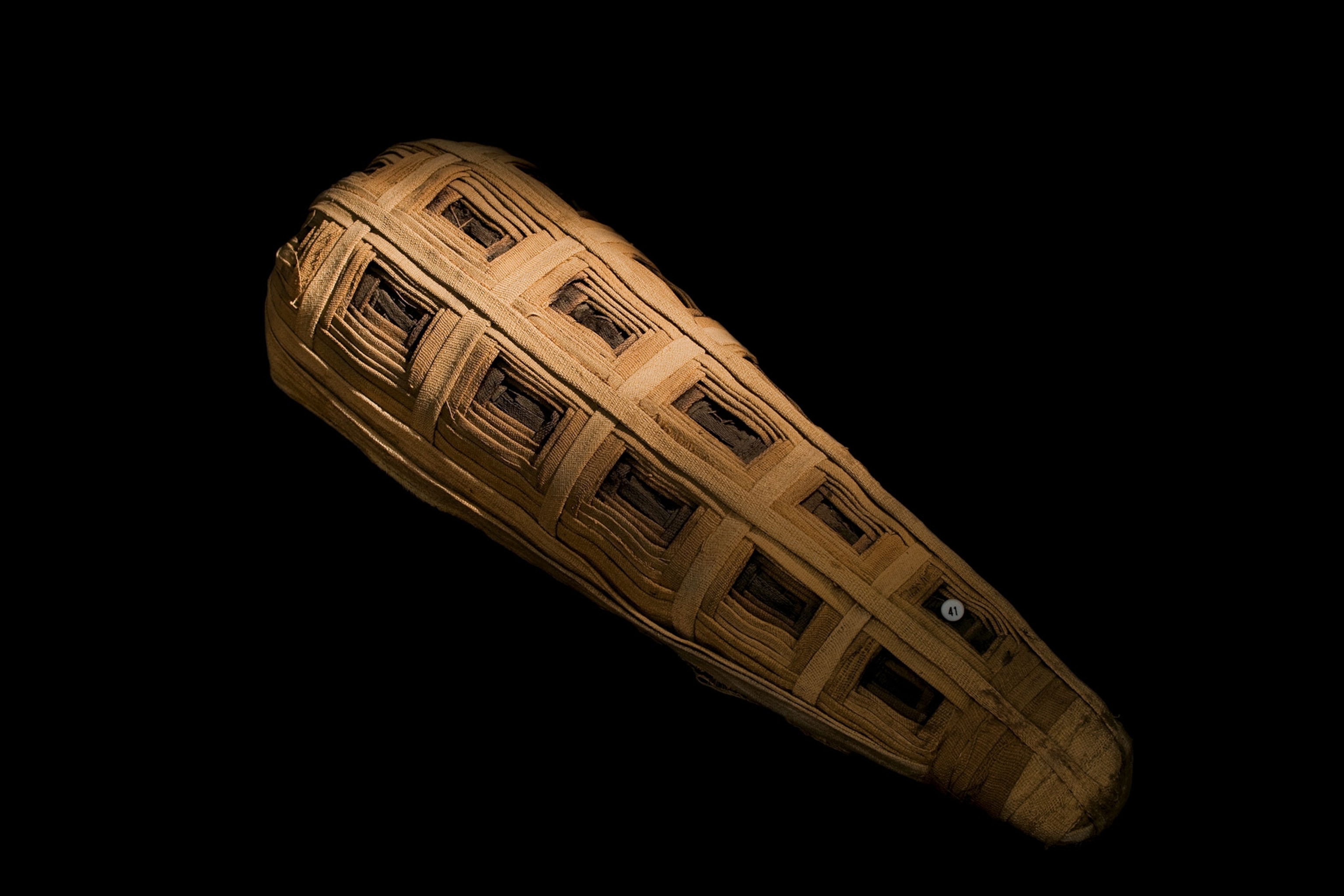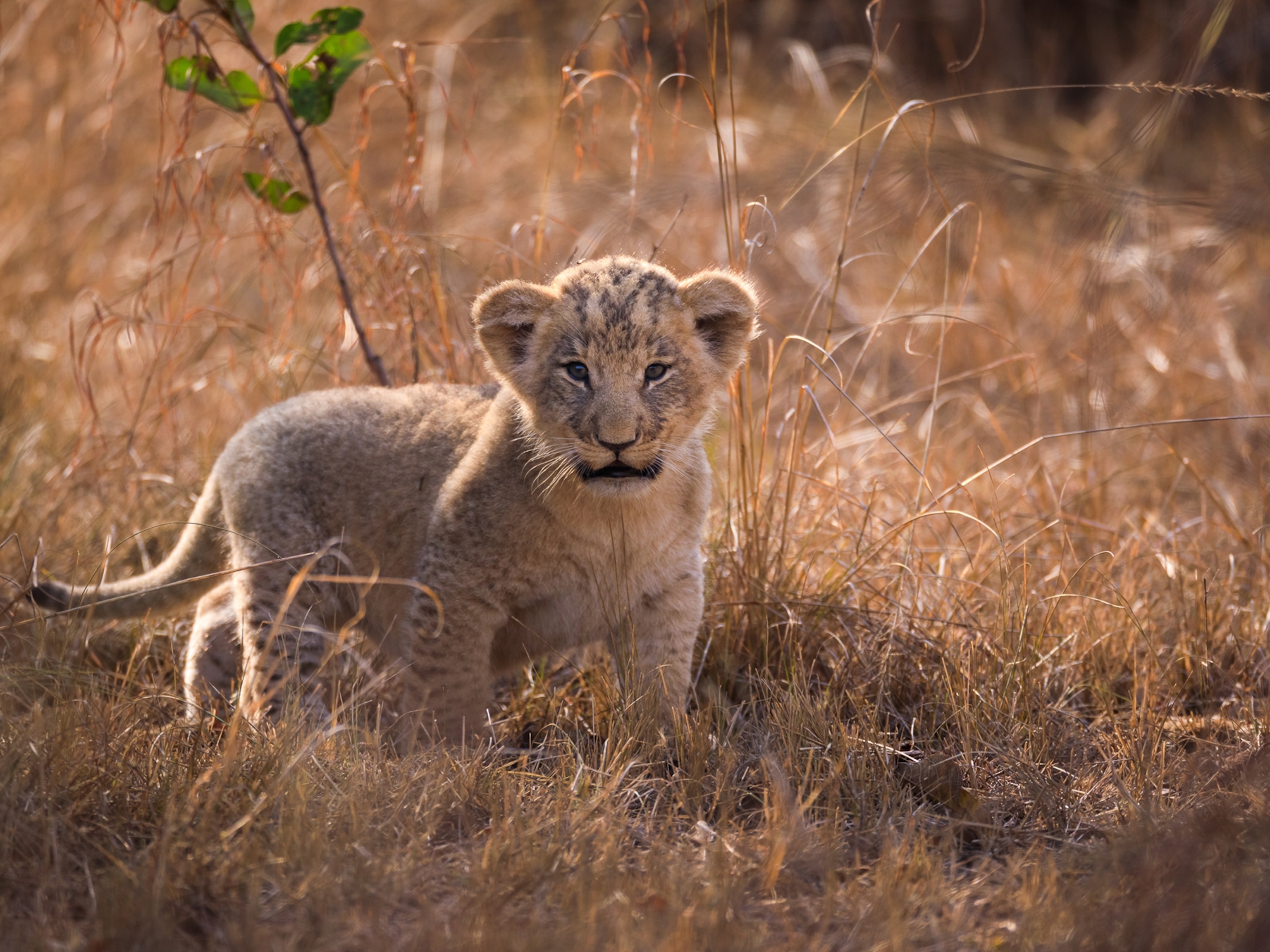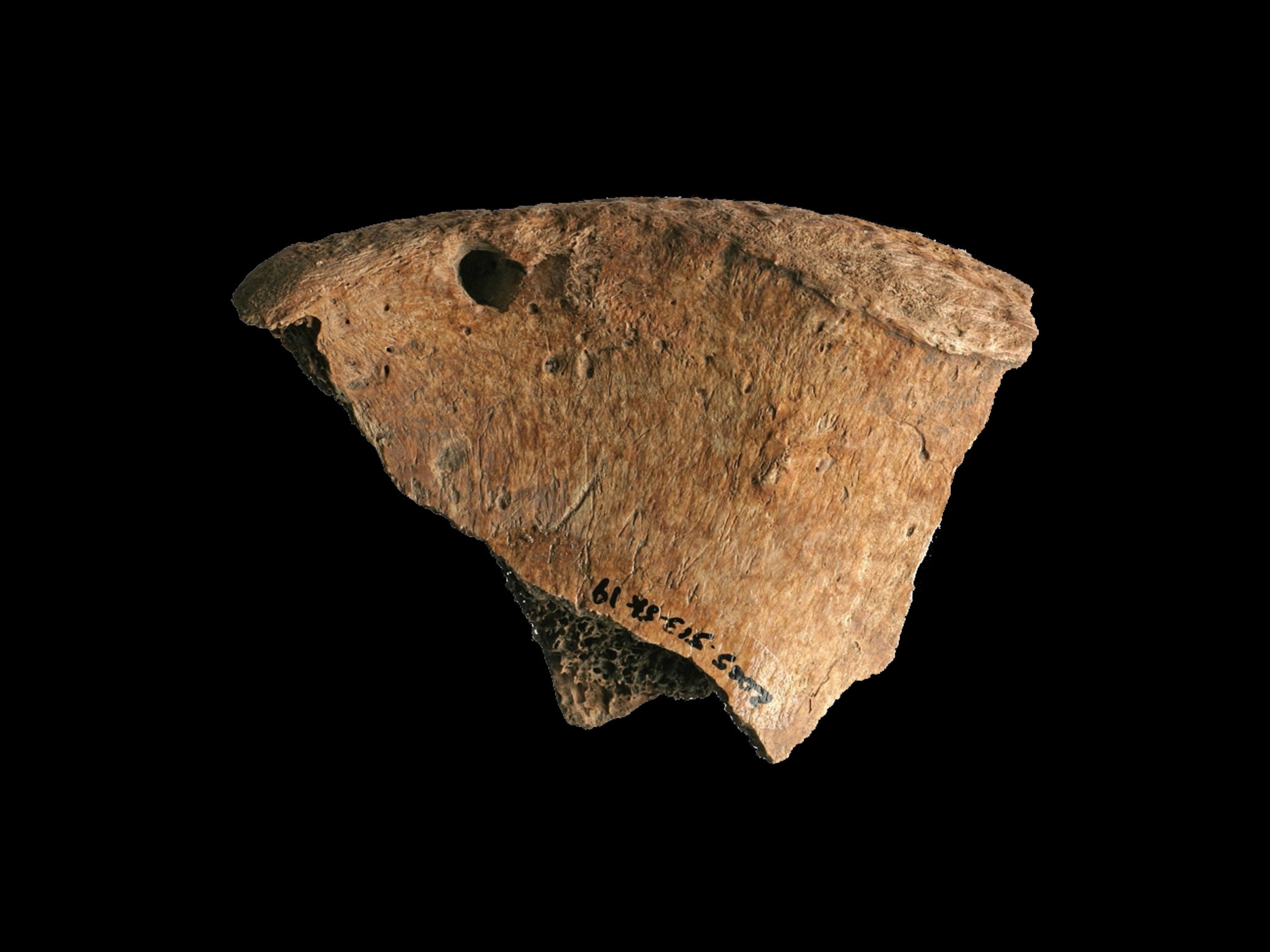Very rare lion mummies discovered in Egypt
Until today, only one lion mummy had been found by Egyptologists. Were mummified lions rare by nature, or have we simply just not found them yet?
It’s difficult to imagine prides of lions roaming Egypt today, but as late as 1000 B.C. the big cats idled on the banks of the Nile—and some even lounged in palaces as domesticated pets for the royals. The lion (Panthera leo) was associated with the sun and the pharaoh, the most powerful elements of life and death in ancient Egypt. And even after Egypt’s climate became drier and the prides migrated south, the lion continued to feature prominently in Egyptian culture.
“The lion played a tremendous role in the iconography of ancient Egypt,” says Conni Lord, an Egyptologist with the Animal Mummy Research Project at the Nicholson Museum of Sydney University. “The lion was a symbol of royal authority [but] lion imagery was also used in objects of daily life, such as chairs and beds. These might have been purely decorative, but it is likely there was a magical meaning to do with protection.”
Because depictions of lions were so common in ancient Egypt, researchers have long wondered why only one lion mummy to date has ever been discovered among the millions of mummified animals the Ancient Egyptians interred. Now, a team of archaeologists led by Egypt’s Supreme Council of Antiquities has revealed five more lion mummies, likely cubs, discovered at the Bubasteion necropolis—literally, a catacomb of cat mummies—in Saqqara.
The mummified lion cubs, which are each about three feet in length, are believed to be eight months old. They were found together with a large collection of wooden and bronze statues of cats and other mummified animals, including cobras and crocodiles. The Supreme Council of Antiquities said that the artifacts likely belonged to Egypt’s 26th Dynasty (664-525 B.C.)
The lion held a privileged status in ancient Egypt, regarded as the fiercest warrior in the wild and a symbol of both danger and protection. Pharaohs were known to take part in lion hunts to demonstrate their own supremacy, including Amenhotep III, who claimed to have killed 102 lions in the first ten years of his reign.
The big cats were also held as pets in royal complexes, with Ramesses II and Tutankhamun both illustrated with a sitting lion. The Greek author Aelian famously wrote that when he visited Saqqara he saw lions in temples that were fed oxen and sung to while they dined.
Even so, the lion was never associated strongly with a single deity such as the ibis to Thoth or the jackal to Anubis. The mummies found in Saqqara are likely connected to the cat goddess Bastet and her sibling Sekhmet, the warrior goddess with the face of a lioness, says Lord.

This missing link to a specific deity and cult could be the reason why lion mummies are encountered much less frequently than other animals, she adds. Another explanation could be that they simply haven’t been discovered yet.
“There are really no practical reasons for the lack of lion mummies,” Lord says. “The ancient Egyptians were perfectly able to mummify a creature of this size. The Apis bull, a cult animal, was mummified using the very best techniques including removal of the organs.”
Explore the world of Egyptian animal mummies
The only difference with mummifying a lion is that the organ removal would be smellier since it’s a carnivore, said Salima Ikram, an archaeologist at the American University in Cairo, who performed a CT scan on some of the lion mummies.
Ikram says that the significance of the find is “extremely important” as it will give researchers new insights into how lions were captured in ancient Egypt, and whether they were bred or traded.
“It is quite possible that as the Saqqara excavation continues more lion mummies will come to light,” she said. “Classical writers spoke of lions [being] mummified in Egypt and some scholars, including myself, have been looking for a cemetery of lions.”


